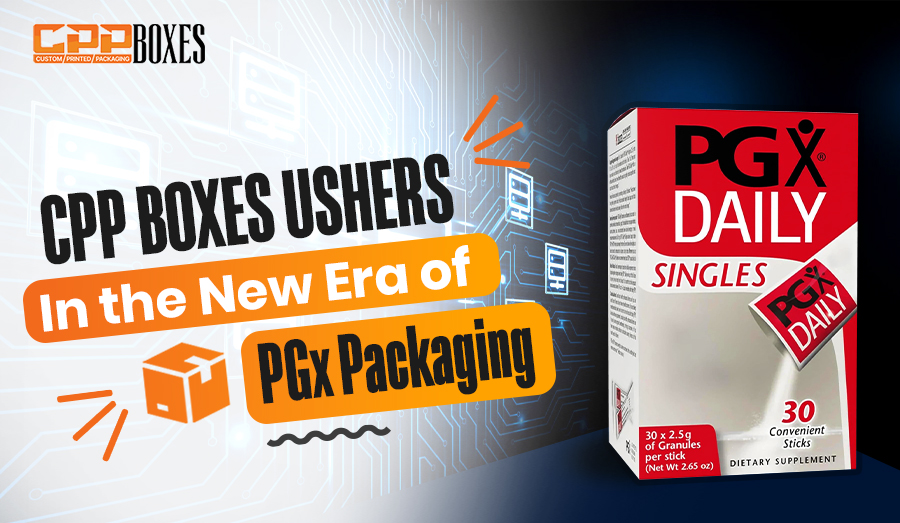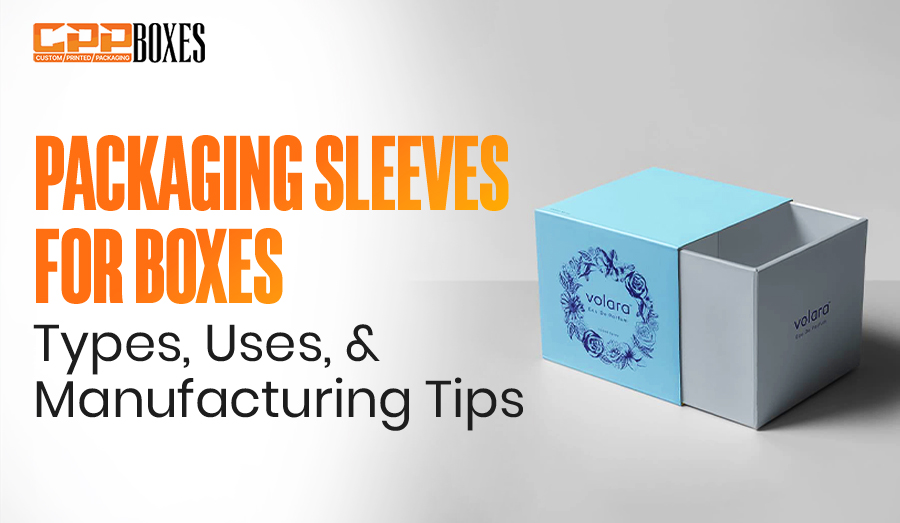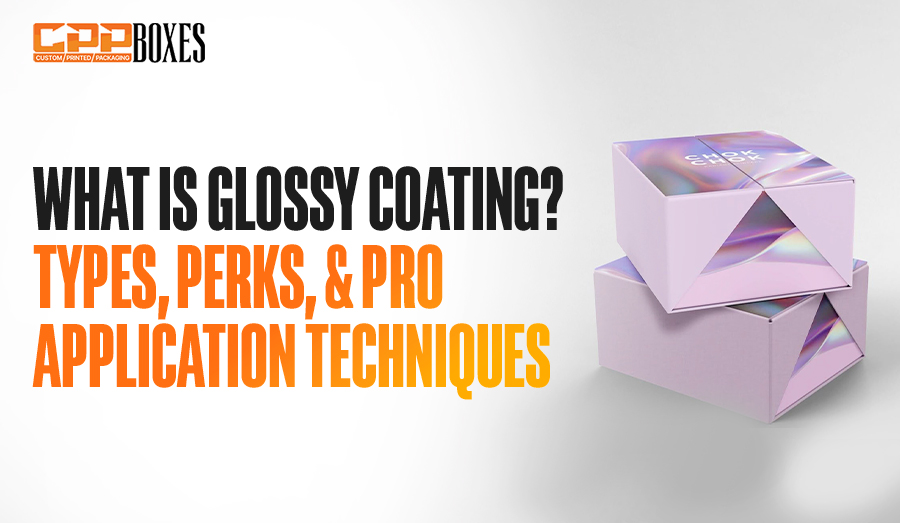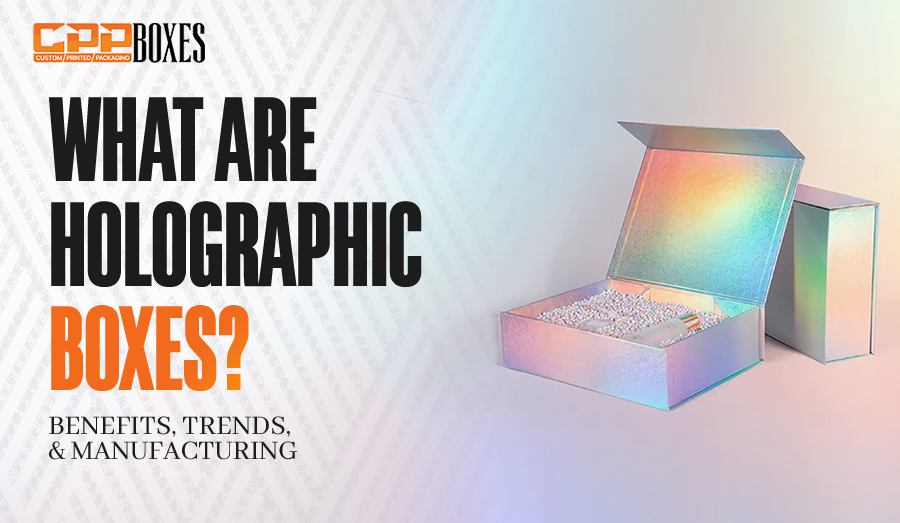- FREE SHIPPING On all orders
- SUPPORT 24/7 We support online 24 hours a Day
Food items are quite sensitive, and a little exposure to moisture or contaminants can spoil their texture or affect their taste. That is the reason custom food boxes are created, to maintain the texture of these delectable food items and preserve their originality.
Coming in a plethora of sizes and shapes, these boxes are crafted keeping in view the texture of food and the required temperature conditions to achieve. The right packaging is the one that keeps these food items fresh and makes the customers feel like they are getting the food served straight from the restaurant’s kitchen- piping hot and delicious!
Over time, the packaging world has witnessed many drastic changes and undergone many transformations for the better. We have witnessed many types of custom food boxes depending on the size, shape, and material choice. The most common materials observed so far include paper, glass, metals, and plastics, all of which have different characteristics, composition, and nature.
When choosing the food packaging, there are different goals that restaurant owners have in their minds. Most of their common goals include the preservation of food as well as enhancing its shelf life. Selecting premium quality material based on the composition of food saves them from much hassle.
Custom food boxes not only help enhance the overall shelf life of food items but are also helpful from the brand’s marketing perspective. Food business owners can therefore mention all the requisite brand details such as contact information, logo, email address, social media handles, as well as precautions for handling the food. This strategy is quite beneficial for uplifting the overall brand recognition and reputation in the marketplace.
Material selection plays an important role in shaping the customers’ minds and changing their perception of your brand. Moreover, if they record positive experiences ordering their food with your brand, this is going to expand your referral network as well as the client base. This choice of material is of utmost importance as it lets businesses meet or exceed their customers’ expectations while assuring an overall green environment.
You might have noticed the distinctive nature of each of the custom food boxes, and the fact that each restaurant’s packaging differs from one another. This is due to the reason that the material composition of their packaging is different. There are different material options available in the packaging world, and you can choose the right one amongst them, depending on the type of goal you want to achieve in your food’s packaging.
All of these material options differ from one another. When it comes to their benefits, paper or cardboard material is an excellent choice for offering versatility. For adding an extra element of strength, metal can be used in packaging. To make the best use of transparency and allow better visibility of the product inside, glass material can be used. Whereas, for achieving durability, there is no better option than using plastic material in custom food boxes. However, each material is different in terms of cost and sustainability. The most cost-effective and sustainable one among them is Kraft material known for its versatility and eco-friendliness.
Brands normally take into consideration the varying product requirements and make choices based on their overall goals and objectives. Another factor they are putting their dire focus on is achieving sustainability in packaging. The best way to achieve it is by using sustainable material that doesn’t cause any harm to the surroundings and results in minimal waste production.
There are many factors to take into consideration while crafting custom food boxes for your business. The most important one of which is the material used in its manufacture. This material acts as the foundation of the box and its quality decides the final look and texture of your brand’s packaging. Undoubtedly food brands offering outstanding packaging are the first priority of customers and they can even recognize the brand from a distance, looking merely at the packaging.
The entire packaging must resonate with the brand’s message as well as should be tailored towards promoting quality and sustainability, accommodating the product well throughout its transit. These boxes not only provide much support to your food item but also provide other long-term advantages, such as marketing, sustainability, support, and protection for the scrumptious food item inside.
The most popular material types for food packaging are listed below:
Paper food boxes got recognition in the world of packaging since long, back in the early 17th century. These are also considered the oldest and the most common forms of packaging, coming in different variations such as cardboard, cups, paper bags, cartons, and tubes. Most of the time, custom food boxes made of paper are used.
The most common paper types used include sulphite paper, Kraft paper, parchment paper and greaseproof paper. Most of the time, paper packaging is preferred for housing dry products as well as dairy items like butter, milk, yogurt, etc.
Plastic food packaging is required commonly in cases where high quality and extra care is required for food handling, such as salads, meat, fruits, vegetables, etc. The most commonly used plastic material is Polyethylene Terephthalate, which is used worldwide and is famous for its premium quality and cost-effectiveness. This material holds the ultimate strength to withstand all external pressure while maintaining the specific temperature requirement for the food item inside.
When it comes to selecting lightweight material for your food packaging, plastic wins the race. Many companies opt for plastic as the main manufacturing material for their custom food boxes. The main reason is, that plastic is not only light in weight, but also durable and cost-effective.
Due to the ultimate level of flexibility, it offers, it can be easily molded in different shapes, depending upon the requirements of the product. As plastic is chemical-resistant, it can be easily molded into anything or any form you like. The use of plastic somehow raises concerns if you are not using up-to-the-mark quality as this can intermingle with the product’s integrity and safety as well.
Looking for the most dependable food packaging material? Glass is surely one of them, best suitable for keeping both beverages and food items safe during transit. Overall, this material contains very few toxins which makes it safer to use for crafting custom food boxes.
Most of the high-end brands use glass packaging to accommodate their exotic food items. Moreover, as it is transparent, it holds an immense value in the preservation of food. It is not only bio-degradable but also flexible for carrying out different changes in shape and size.
Metal holds significant power to withstand temperature, light, and even high temperatures, which makes it suitable for high-end food packaging. The most common metal types for food packaging are aluminum and steel, commonly seen in different cans, bins, canisters, and tins for storing items like fish, cocktails, preserved vegetables, and other items that require specific temperatures.
Normally we can see carbonated beverages coming in stylish metal containers. Food packaging made of metal is not only an entrusted one but is also popular in the food sector for its resilience, sustainability, and durability.
With the increasing competition in the market, it becomes difficult for brands to get noticed by the target audience in a fraction of a seconds. It is the packaging that acts as a game changer here, directing customers towards your brand and urging them to give a try to your food items. Designing and creating compelling packaging takes a lot, portraying your brand’s image and adding to its identity.
Custom food boxes pass through different quality checks and strict packaging standards and regulations before they are declared “Food Safe.” To acquire perfect food packaging, manufacturers must abide by government regulations as well as packaging quality standards while staying committed to all the factors directly linked with the quality of packaging.
Tired of your hunt for the right packaging company? Your search stops here, as CPP boxes offers you versatile custom food boxes boasting premium quality materials and attractive looks.
GET YOUR QUOTE



.jpg)


Blake Harper is an experienced and dedicated packaging engineer with a deep passion for creating innovative, sustainable, and cost-effective packaging solutions. He holds a degree in Packaging Engineering, where he gained a strong foundation in materials science, product design, and manufacturing processes. With years of hands-on experience, Blake has honed his skills in optimizing packaging designs for a wide range of industries, including consumer goods, electronics, and food packaging.
Currently, Blake has been with CPP Boxes, a leading packaging solutions provider, for several years, where he has played a key role in designing packaging that balances functionality, cost efficiency, and sustainability. His work at CPP Boxes has involved designing protective packaging, improving supply chain logistics, and developing eco-friendly solutions that reduce waste and environmental impact.
Blake's expertise lies in selecting the right materials, creating structural designs that maximize protection and minimize costs, and ensuring that packaging meets both consumer expectations and industry standards. His approach integrates creativity with technical know-how, always striving for solutions that are both practical and innovative.
Passionate about environmental sustainability, Blake is always exploring new ways to incorporate eco-friendly practices into his work. He is committed to advancing packaging technologies and methodologies that reduce waste, improve recyclability, and contribute to a more sustainable future. Throughout his career, Blake has become known for his strong problem-solving skills, attention to detail, and his ability to collaborate effectively with cross-functional teams to meet project goals.